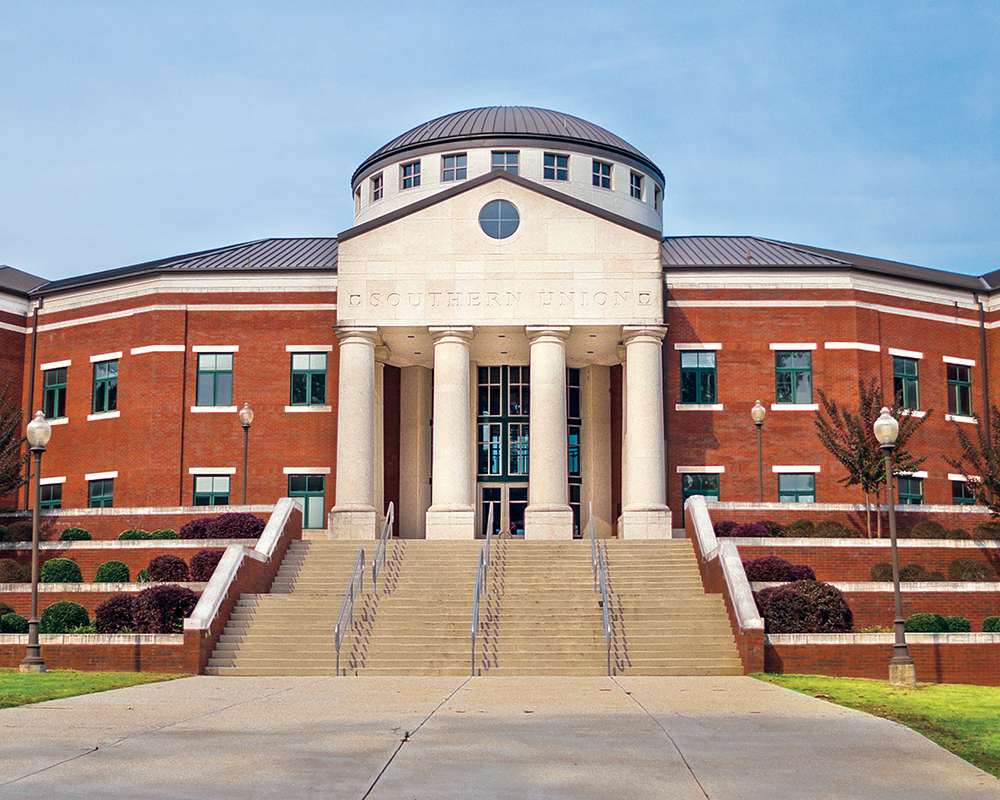Contributed BY SUSCC
By Katie Jackson
From its very beginnings in 1922, Southern Union State Community College has been rooted in community, and it is that sense of community that SUSCC will celebrate over the coming months as it commemorates 100 years of service to the citizens of east Alabama and beyond.
Chartered on June 2, 1922, by the Southern Convention of Christian Churches (which later became the Congregational Christian Church), SUSCC began in Wadley, Alabama, as Bethlehem College, a private bible school established to provide two years of coeducational college training to local residents at a minimum of expense.
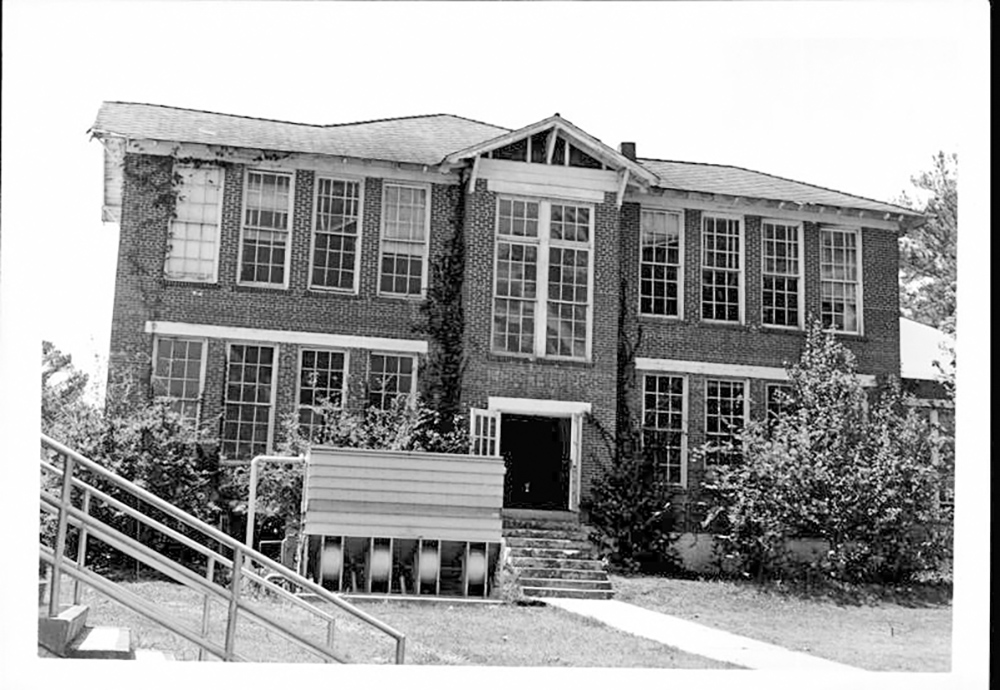
Today, SUSCC is the second-oldest community college in the state with three campuses serving an eight-county area of east central Alabama and parts of Georgia.
“While it has changed and adapted since its early days, that same spirit of community on which the college was founded remains its driving force,” said SUSCC’s Director of Public Relations Shondae Brown. “Throughout Southern Union’s long history, community has been at its core. This college was not only founded to serve our community, it has thrived — and sometimes only survived — because local citizens have continually supported, guided and joined with us.”
The story of that century of community service, which will be featured in a commemorative coffee table book to be released in September, began when town leaders of Wadley heard that the Southern Convention of Christian Churches was interested in creating a new feeder school in Alabama or Georgia for their flagship four-year North Carolina school, Elon College.
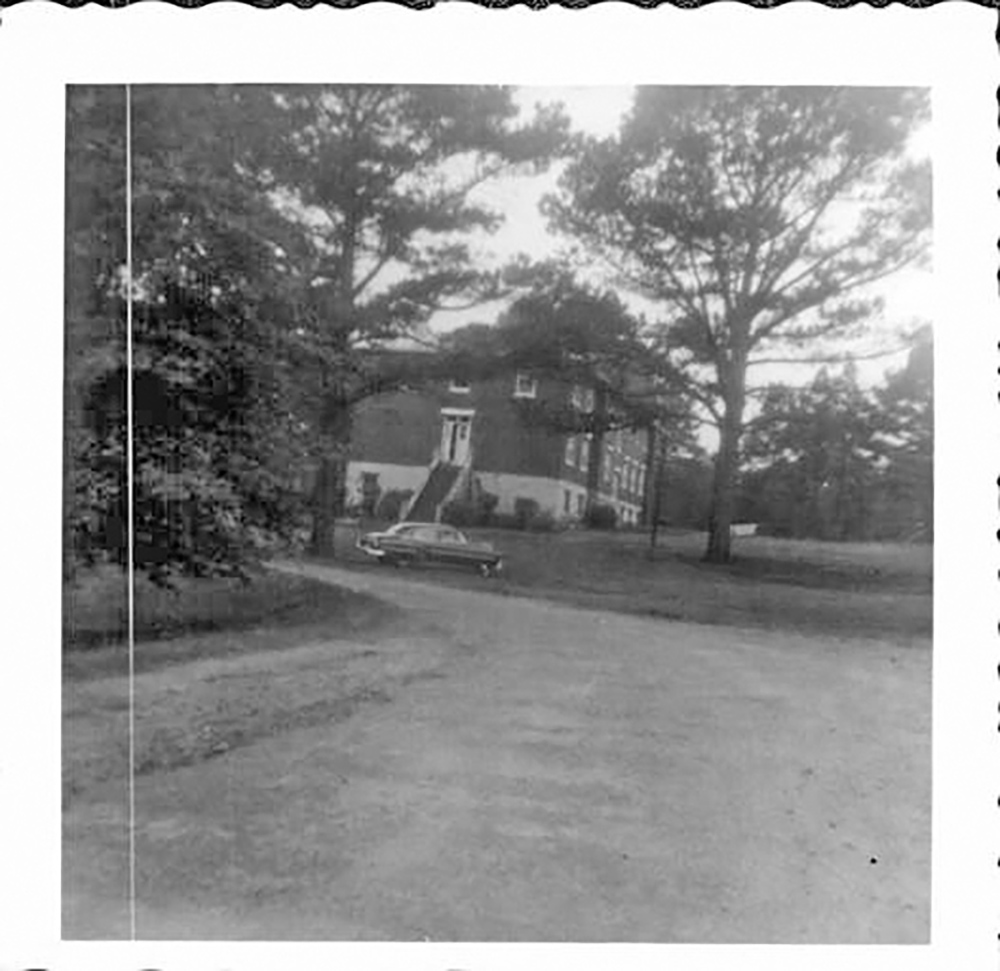
Seeing a chance to bolster educational and cultural opportunities for the town and surrounding community, Wadley’s leaders aggressively lobbied to bring the new college to their town. They succeeded in large part because of the generosity of local residents. Among them was John M. Hodge, a cashier at the Bank of Wadley who donated 44-plus acres of land for use as the school’s campus, as well as many others in the community who helped raise some $22,000 to support the school’s startup.
When Bethlehem College’s first 51 students arrived for classes in September 1923, the campus was still under construction, but its five-member faculty was there, eager to provide their students with a comprehensive, affordable education. Students were just as eager to learn, and their families willingly scrimped, saved and sacrificed to pay tuition costs for their sons and daughters.
By 1925, enrollment had doubled, but the school, which had changed its name briefly to Piedmont Junior College then to Southern Union College (a name chosen in honor of the merging of the Congregational and Christian denominations), still struggled financially. In 1933, faced with a looming bankruptcy, it temporarily closed its doors, but the community and the school’s leaders rallied together again to reorganize the college. Within a year it reopened as The Southern Union College.
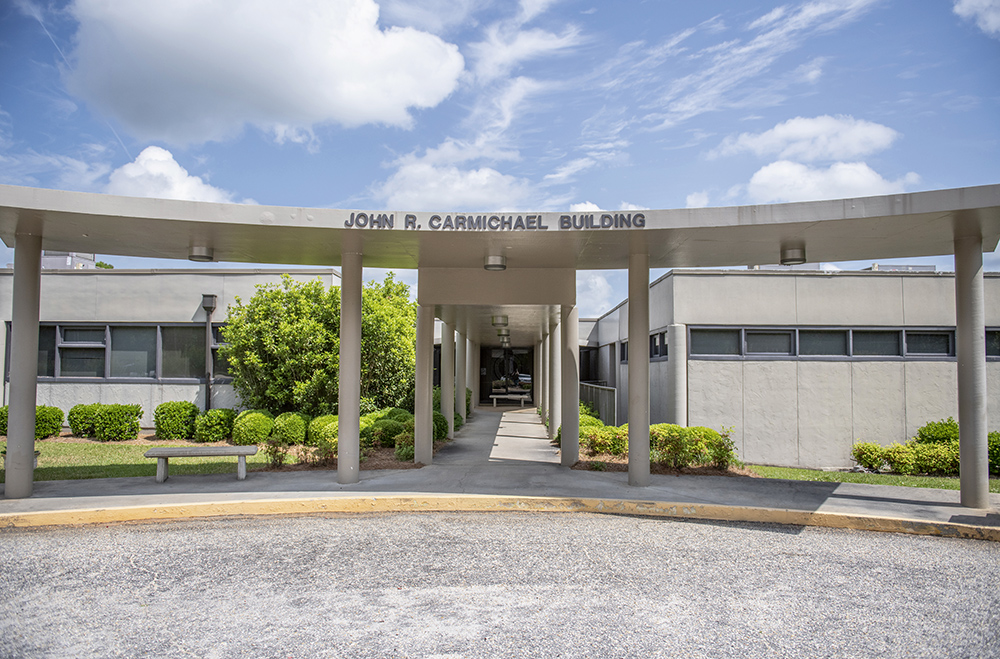
Thanks to its committed students, faculty and local citizens, Southern Union made it through many lean years, including the Great Depression, fueled by cooperation, ingenuity and tenacity. School leaders developed work-study programs and exchanged food, farm animals and other supplies for tuition, all of which helped keep the school afloat while allowing students to continue their educations. Local citizens pitched in to help, too, some even mortgaging their farms to underwrite the college’s debt, and members of the Congregational Christian Church, both those local and from afar, also helped by sending donations of everything from food and clothing to money.
Even during those hard times, students received an exemplary education from the college’s highly qualified faculty members, some of whom came to Wadley from Ivy League and prestigious art and music schools. Almost all of those early students went on to further their educations and establish successful careers in fields ranging from education and the ministry to farming and business to doctoring and lawyering.
All the while, students and faculty pulled together to create what one alumnus described as “a community within a community.” Within that close-knit setting, students learned the value of hard work but also received a well-rounded educational experience complete with an array of extracurricular activities including sports teams, performing arts ensembles and numerous academic, church and leadership organizations.
Over the years, the campus, which began with a single multi-purpose building, grew along with its student numbers. More and more buildings were added to the site and, by 1956, the plot of land Hodge donated more than a half-century earlier was home to a new gymnasium, swimming pool and president’s home, as well as an expanded library.
That growth continued under the direction of the Congregational Christian Church until, on Oct. 1, 1964, a new era dawned at Southern Union when the church deeded the school over to the state of Alabama. Renamed Southern Union State Junior College, the community-focused private bible college became the first school to join a newly created public two-year college system governed by the Alabama State Board of Education.
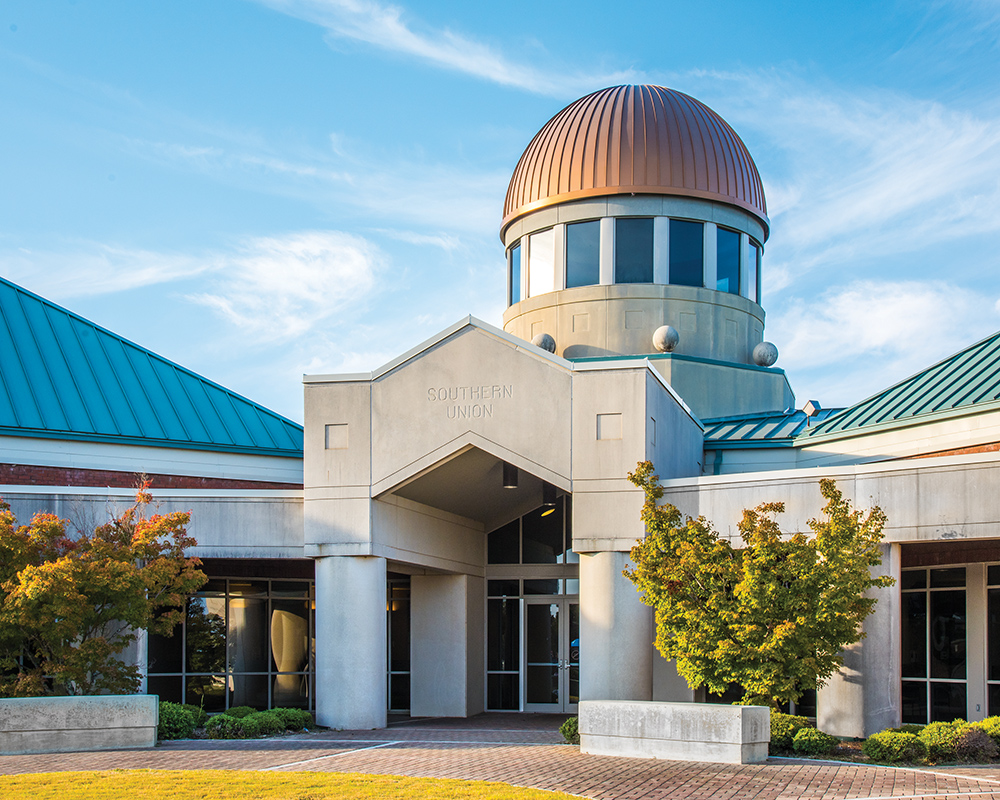
In the face of this change, the school’s commitment to serving its community only deepened. Southern Union was accredited by the Southern Association of Colleges and Schools in 1970. The college expanded its educational offerings, added an emphasis on specialized technical, vocational and healthcare career tracks, and grew its distance learning and evening programs tailored to assist students, including veterans, who were juggling jobs and families while trying to complete their educations.
The original campus in Wadley remained at the heart of the Southern Union community and is still today, serving as home to SUSCC’s world-class performing arts and academic programs and the Southern Union Bison athletic program, which fields teams in baseball, softball, volleyball, men’s and women’s basketball, golf and cheerleading. But Southern Union’s community also grew to include two additional campuses.
The Valley campus, which opened in 1974, was established to offer academic courses for transfer as well as the home for the college’s nursing program. Southern Union offered higher educational opportunities to the citizens of Lee county beginning in 1971, when classes were started in response to requests from area industries. First housed at Opelika Technical College, Southern Union purchased the site for a full range campus in Opelika in 1982.
In 1993, Southern Union merged with Opelika State Technical School and the Opelika location established itself as the hub for the college’s vocational and health science education programs. Following that merger, the college’s name changed once again, this time to Southern Union State Community College, a moniker that fully embraced its past, present and future dedication to the people and places it serves.
Today the resilient little college that began with 51 students and five faculty members has an enrollment of more than 4,000 students and more than 200 full-time employees and continues to work within — and with — its communities to meet their everchanging needs.
Among its many projects, SUSCC is collaborating with regional business leaders to create new workforce development programs preparing local residents for high-paying jobs in the region’s fast-growing manufacturing economy. It is also expanding options in health sciences, introducing new opportunities in that area such as the Physical Therapy Assistant program.
According to SUSCC President Todd Shackett, this powerful connection to community is and always will be integral to the college’s mission and efforts.
“Community isn’t just part of Southern Union’s long history or even its name,” he said. “It’s what drives and inspires us. We are committed to continuing that partnership to help make our communities stronger through education, and we look forward to the next 100 years of growing and advancing together.”
The college has several activities planned throughout the year including a Distinguished Alumni recognition event in April, an alumni picnic in September, and a million dollar campaign for scholarships by the SU Foundation.
To learn more about Southern Union’s history, its centennial celebration and its long-range future plans, contact Brown at 256-395-2211, ext. 5145.

